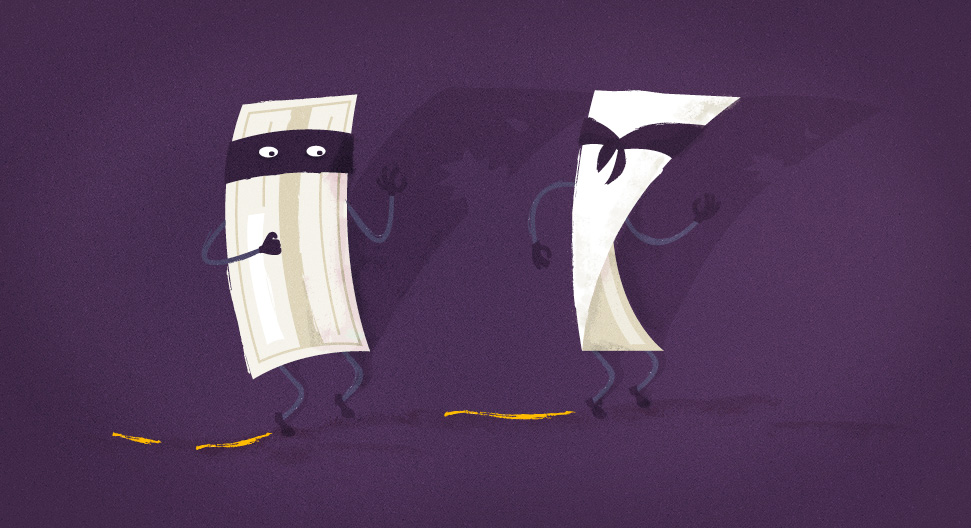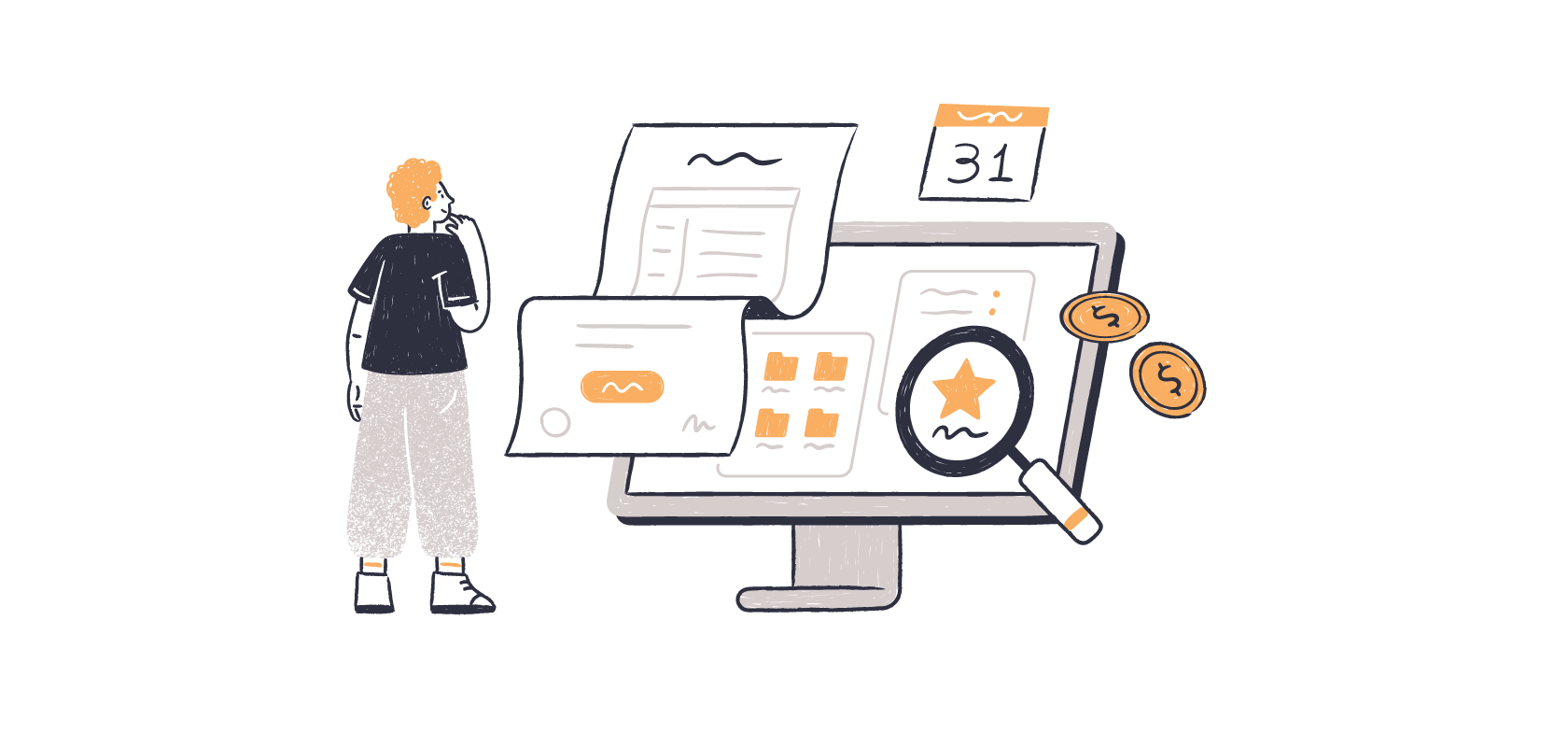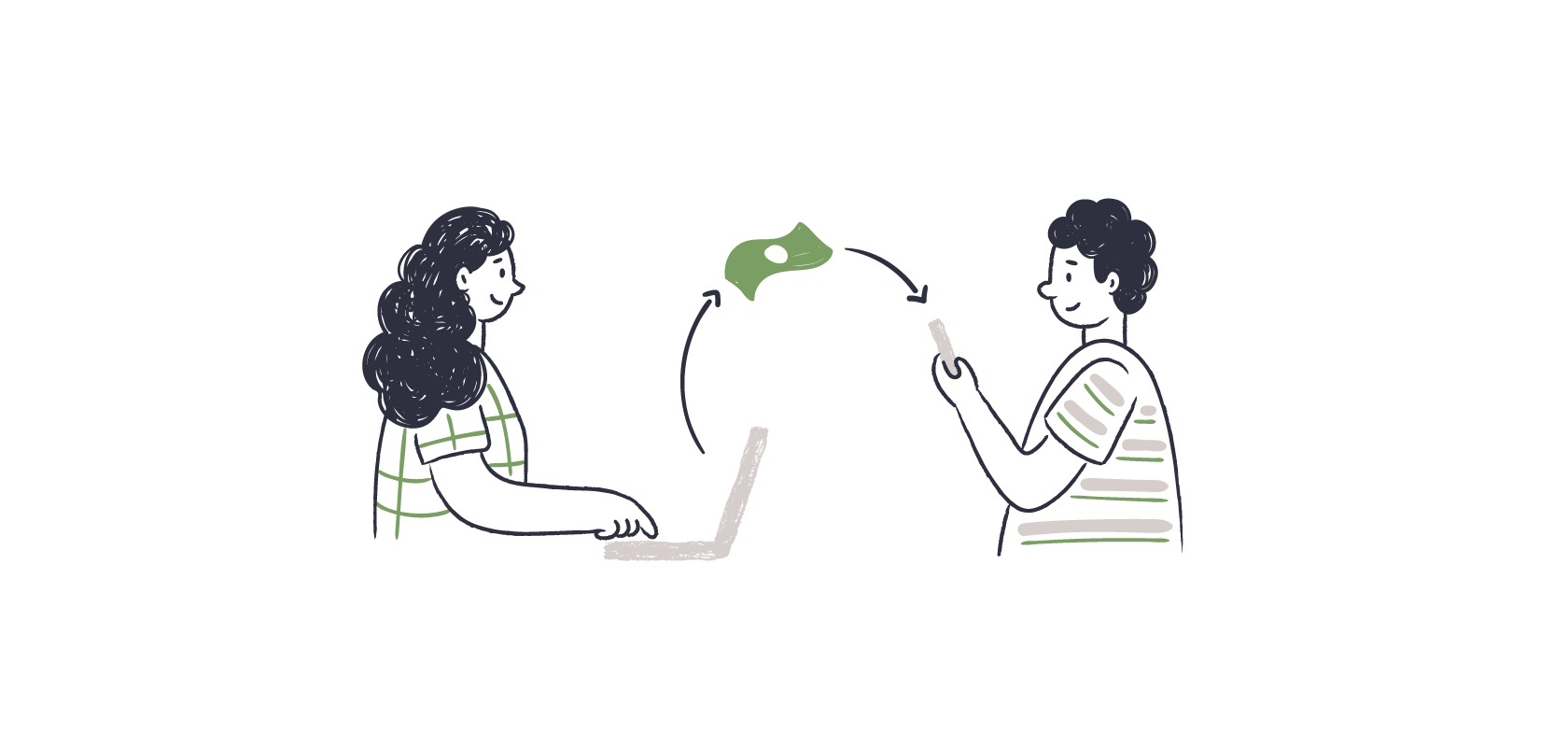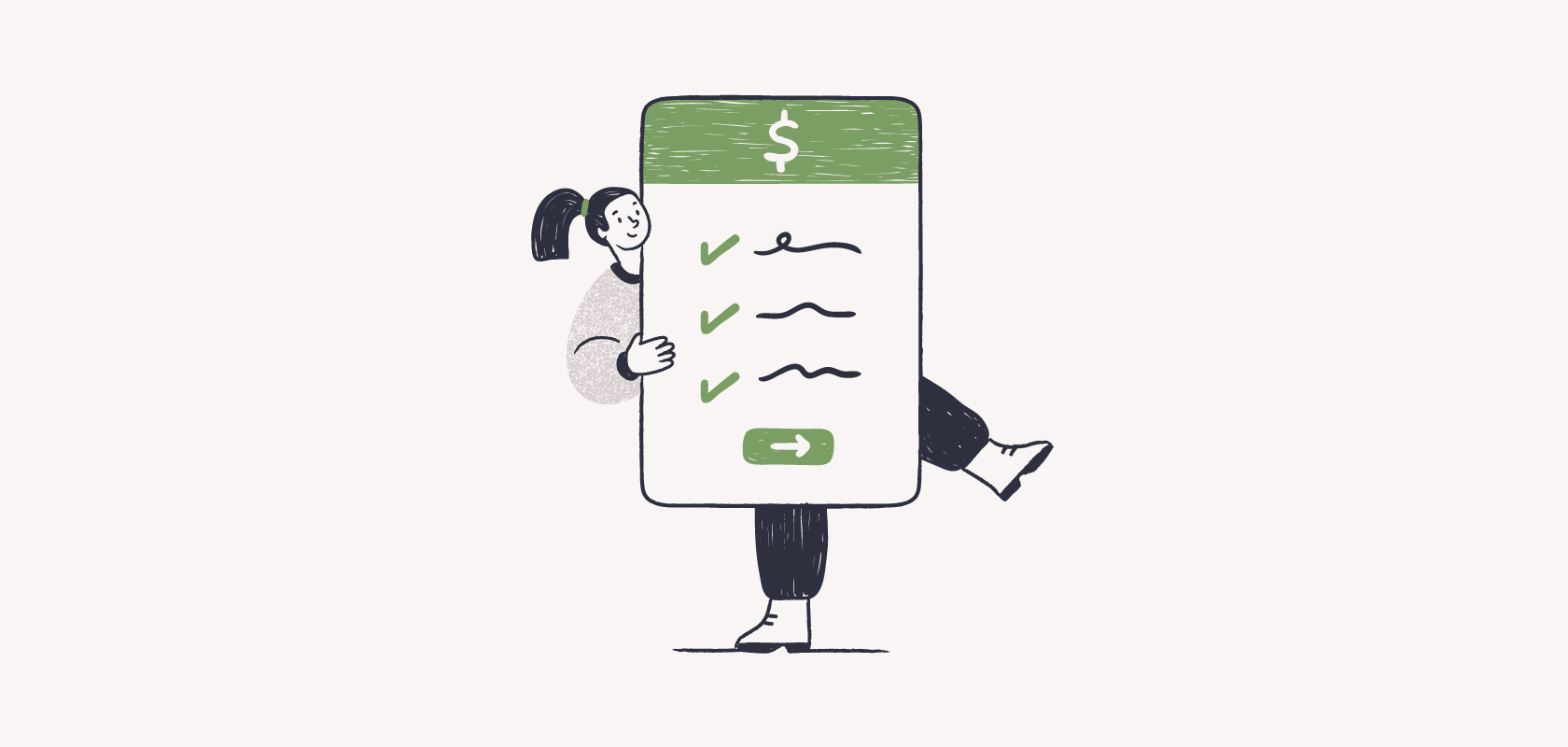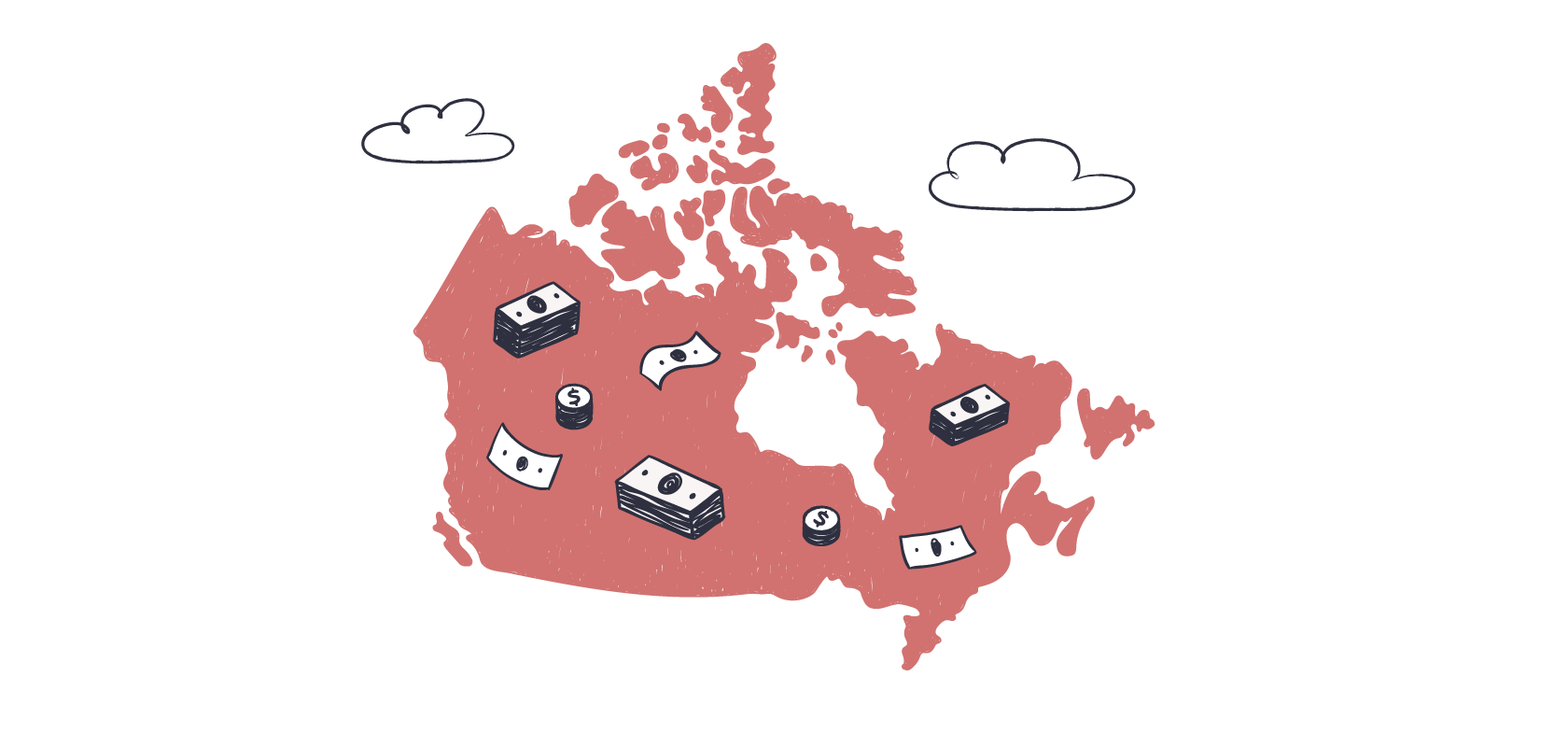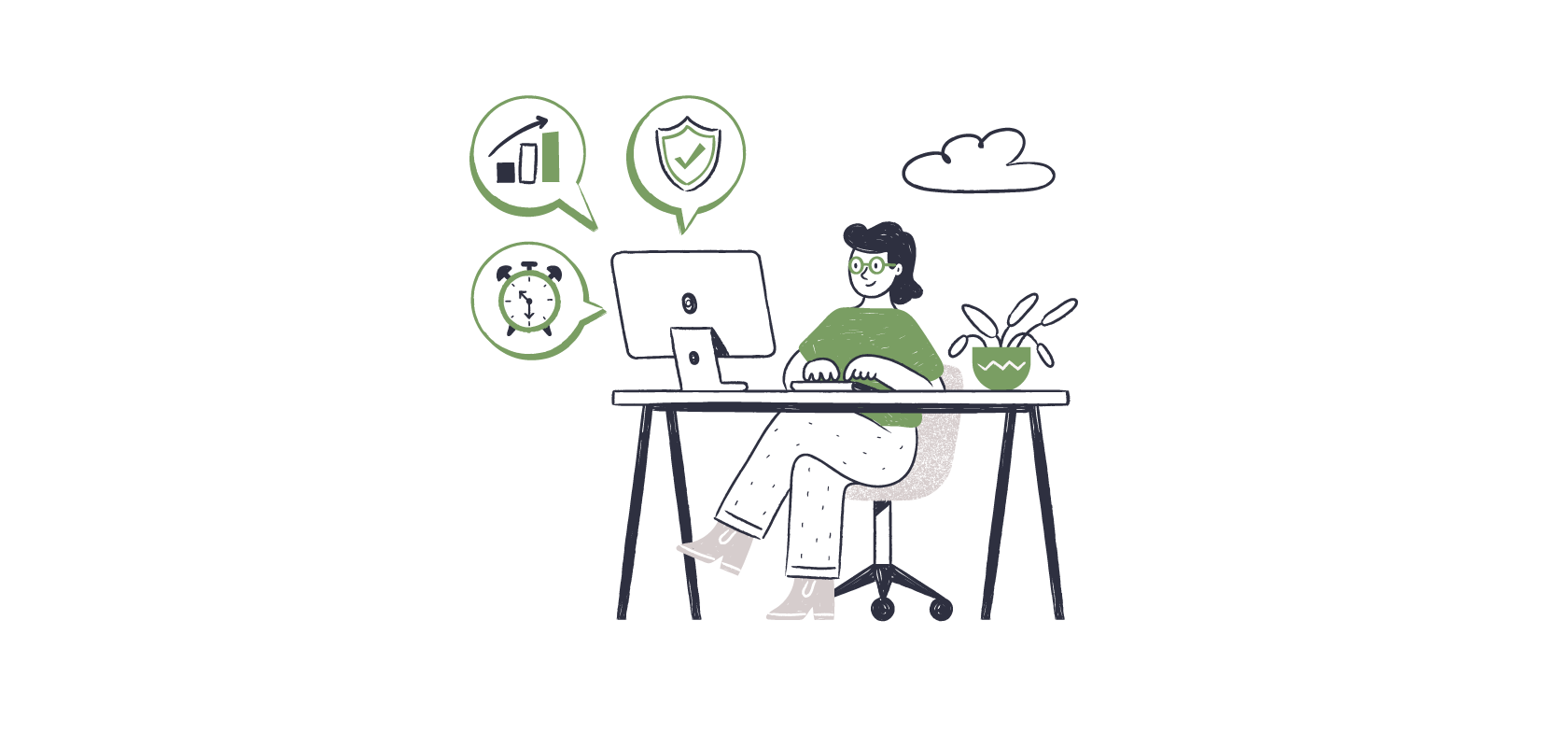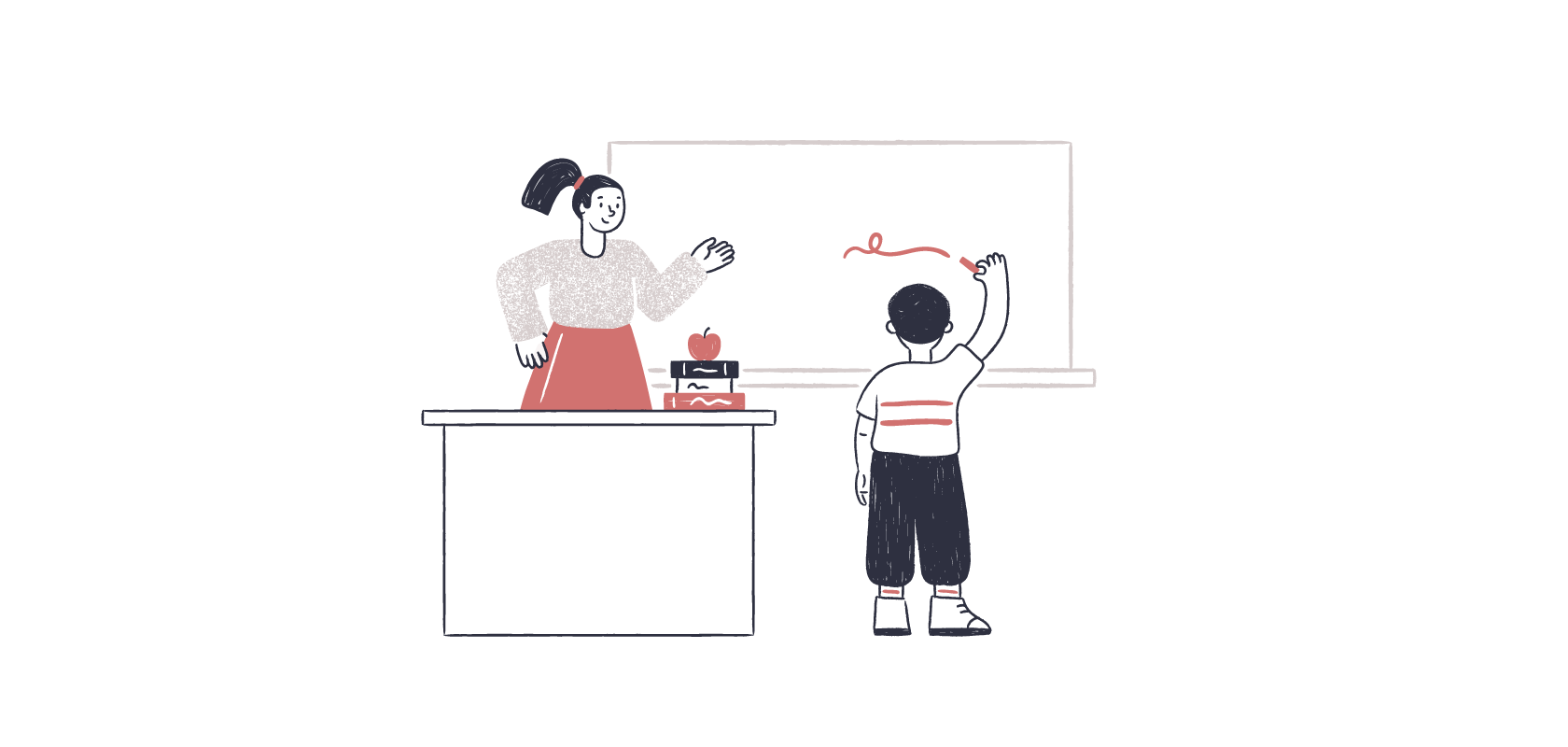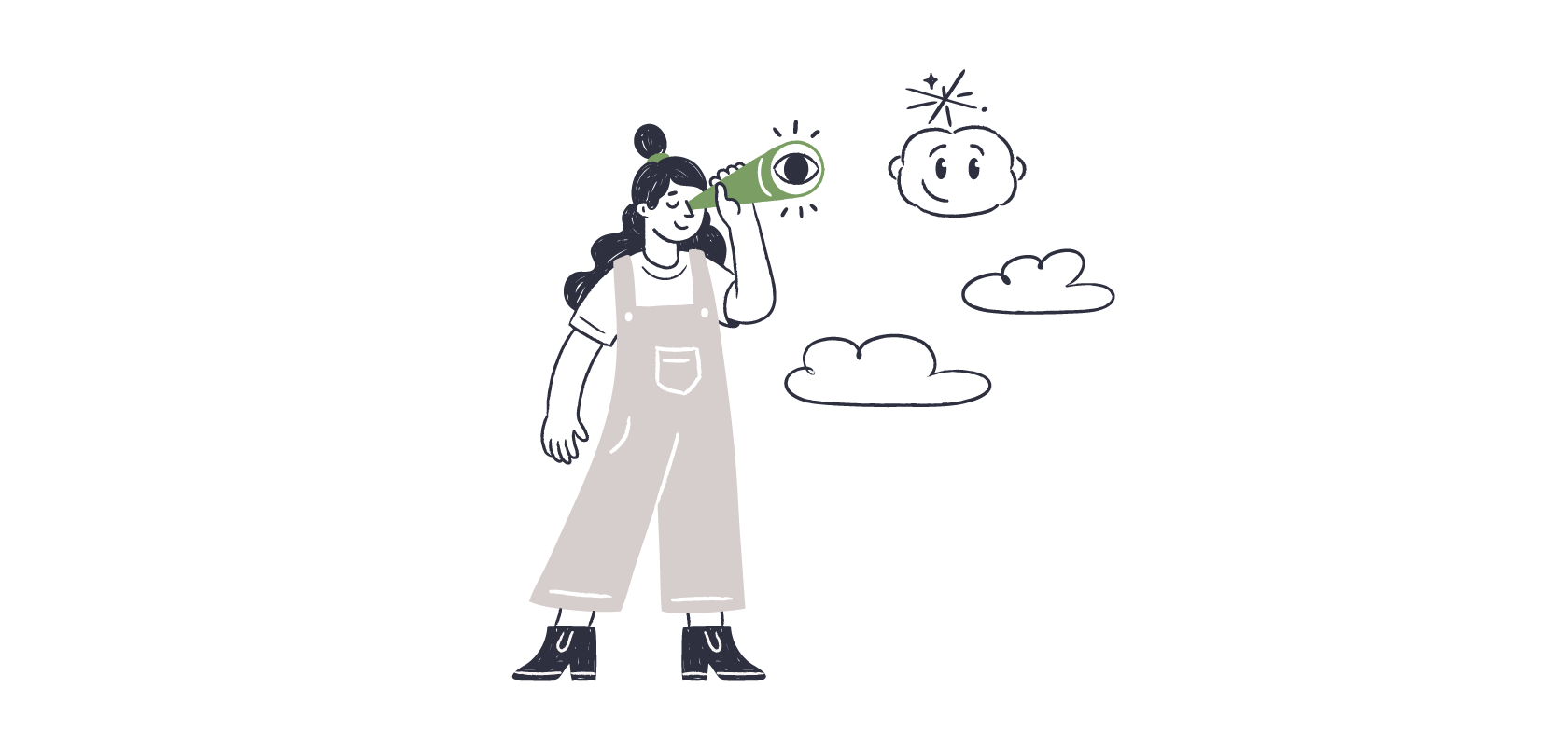Become an insider!
Get our latest payroll and small business articles sent straight to your inbox.
Saturday at 7 am, before you wake up your kids, you take a sip of your morning coffee, open your laptop and pay all your household bills online. It takes about five to ten minutes. And you could do it anywhere and anytime, from the comfort of your home.
However, at work, twice a month, you take a stack of 50 paper cheques to your chief financial officer to sign by hand.
Once signed, you slip them into envelopes, stamp them and send them off to suppliers, vendors and contractors. This takes about two to three hours to complete.
 Check out the #smalbiz_expert Twitter Interview w/ Hamed Abbasi
Check out the #smalbiz_expert Twitter Interview w/ Hamed Abbasi
As for your company’s account receivables, you take all the cheque payments, and then drive to the bank to deposit them. Then you wait for the cheque to clear, which could take up to five business days.
In this day and age, this doesn’t make sense.
It’s like sending a letter when there’s email. But according to the Canadian Payments Association, most businesses still use cheques as their dominant payment method for both accounts payable and accounts receivable.
Running an American company? Learn more about The Four Ways That Direct Deposit Benefits Your Business.
The Canadian Government Goes Digital
Contrast this with the Canadian government’s move to phase out printed cheques by April 1, 2016.
Meaning if you receive a tax refund, Old Age Pension, Canada Pension, GST Benefit, Working Income Tax Benefit, Child Tax Benefit or any other government money, you won’t get a cheque in the mail any more. Instead, you’ll receive a direct deposit.
Not only is this faster, safer and more convenient for you, according to the Canadian Payments Association, this will also save the government over $17.4 million per year.
As the Canadian government adopts new technology, many Canadian businesses are examining their payment processes and considering the transition from paper to electronic payments.
The efficiencies, increased availability and added convenience of making or accepting payments online, are highly attractive. But Canadian businesses have been slow to adopt new payments technology.
Comfort Comes With A Price
One of the reasons for this is that businesses know how the cheque system works. It’s been around for awhile, and they feel comfortable using it.
However, that comfort comes with a price. According to a recent study by Scotiabank, managing payables and receivables could often cost businesses an average of $15 to $25 per payment, when considering account and processing fees, postage costs, account administration and reconciliation. Plus, it takes time for employees to write, mail, collect and reconcile each cheque.
This cost in money and time adds up and it could be killing your business.
Another big challenge with using paper-based payment methods for receivables and payables is reconciling payments made or received with the corresponding invoices and purchase orders.
When payments arrive, companies match the payments to invoices sent out. On the other hand, when payments are made, companies need to match the payments with an invoice received. This reconciliation process is manual, error-prone and can take hours to complete.
Automation
With the latest advancement in technology, this whole process can be done automatically. These integrated payment and payroll platforms can sync and reconcile your payments for you with popular accounting software. And they’re typically only a fraction of the cost of using paper-based methods.
The market is definitely moving towards printing fewer cheques. And most likely, the signing authority of your company can’t wait.
That means fewer cheques to sign.
As for your employees and colleagues that means less time travelling to and from bank branches, reconciling payments and mailing out cheques.
